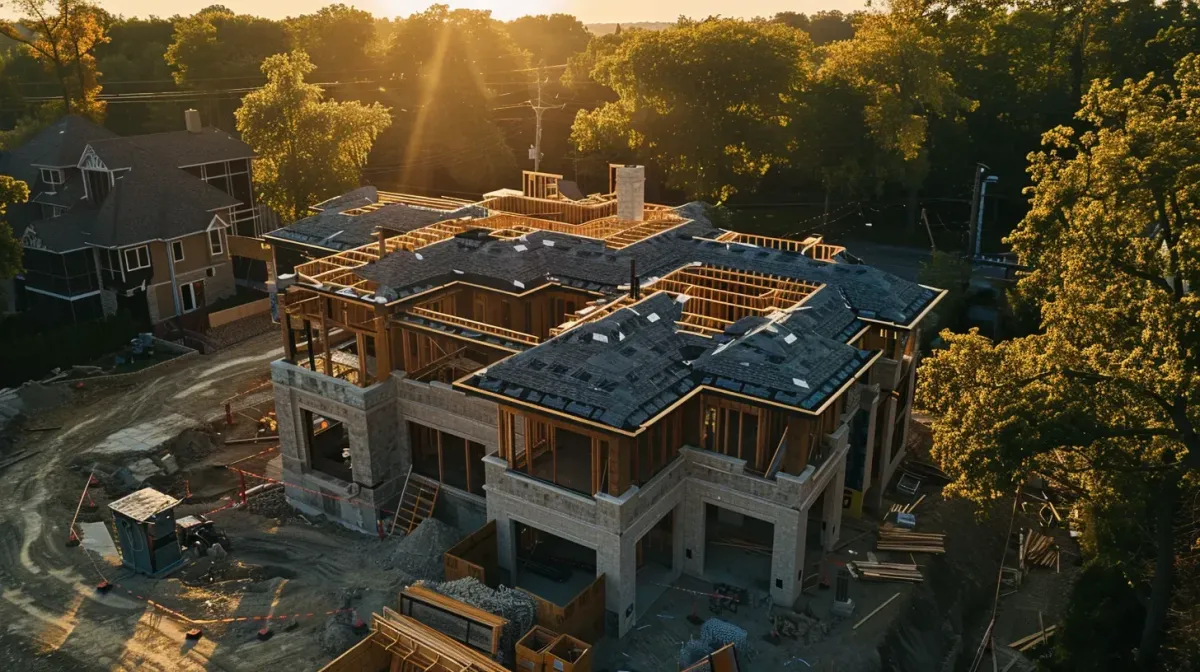
Mistakes You Must Avoid for a Seamless Home Build
Building a custom home can be exciting, but many people encounter common mistakes that can complicate the process. Have you considered how missing a floor plan or neglecting the budget might affect the final price? This article will cover key pitfalls, such as inadequate planning and choosing the wrong general contractor, to help avoid setbacks like not having enough storage in the pantry or issues with the roof. By understanding these challenges, readers can make informed decisions that lead to a smoother home-building journey and a dream home that truly meets their needs.
Key Takeaways
Clearly defining vision and goals is crucial for a successful custom home project
Understanding all costs involved helps avoid financial stress during construction
Planning for contingencies ensures a smoother building experience without budget constraints
Maintaining open communication keeps everyone aligned on project expectations and needs
Researching local building codes is essential to prevent costly delays and modifications
Inadequate Planning
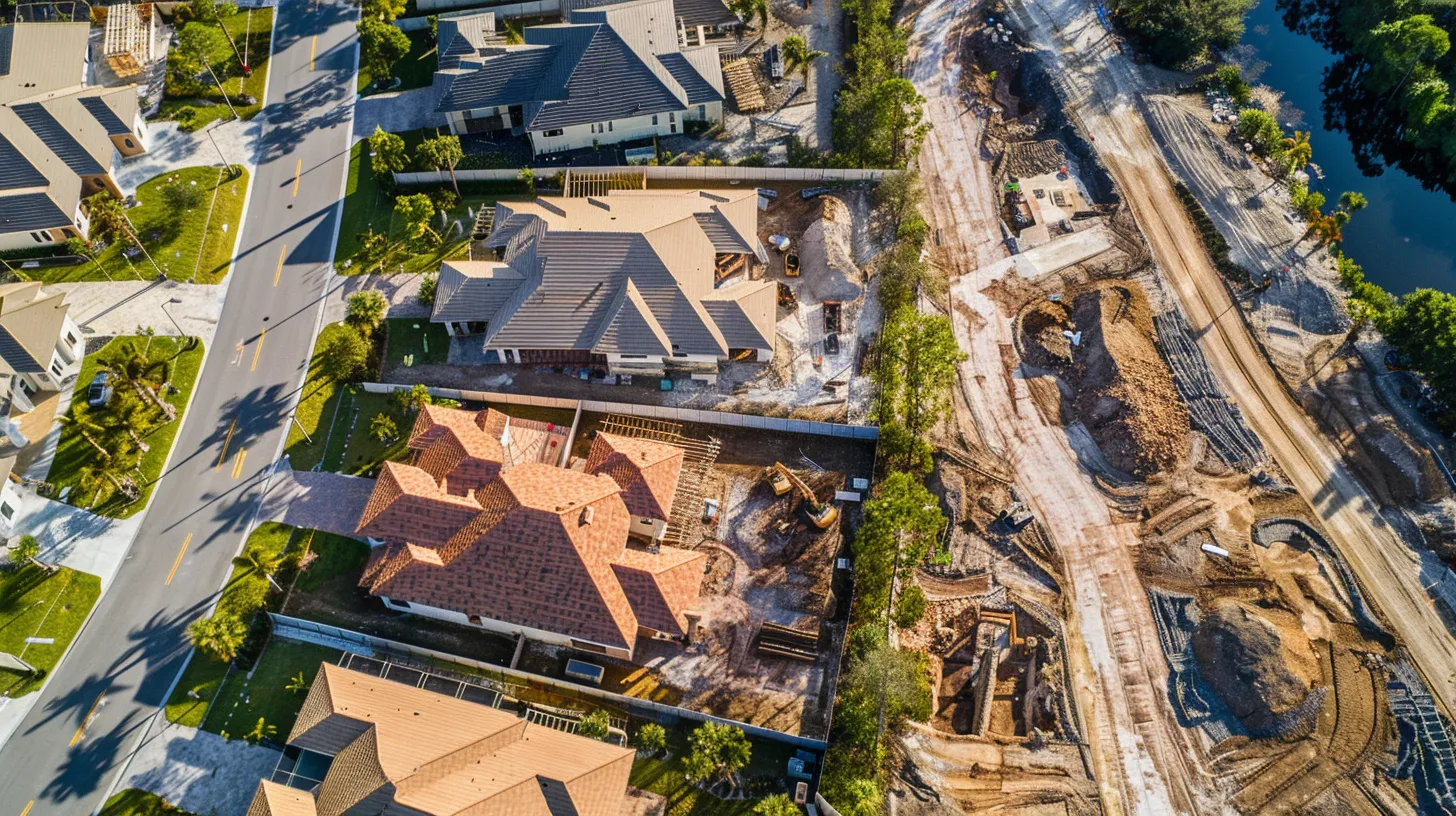
Planning is key to a successful custom home project. Defining a clear vision and goals helps set the foundation for home improvement. Creating a realistic timeline ensures that tasks are completed in an orderly manner. Additionally, assessing site conditions keeps accessibility needs in mind, especially for aging in place. Each of these elements is essential for working effectively with a custom home builder.
Defining Your Vision and Goals
Clearly defining a vision and goals is crucial for any custom home project. Homeowners should consider how factors like humidity may affect their property over time, possibly leading to issues such as mold. A solid plan includes specific desires for layout, materials, and functionality, which helps guide the home construction process toward a final product that meets both practical needs and personal preferences.
Creating a Realistic Timeline
Creating a realistic timeline is essential for managing expectations during a custom home project. Homeowners must account for various factors like climate and ventilation, as these can impact construction schedules and eventual living conditions. By allowing ample time for decisions and adjustments, homeowners can avoid unexpected expenses and ensure their new home is environmentally friendly while meeting their needs and preferences.
Assessing Site Conditions
Assessing site conditions is a vital step in the planning process for any custom home. Factors such as natural lighting and landscape can greatly affect the home's efficiency, influencing design choices like window placement and orientation. Custom home builders emphasize the importance of understanding soil conditions and drainage, as these elements impact not only the construction of drywall but also the home's overall durability. By carefully evaluating these aspects, homeowners can work with their home builder to create a space that is not only functional but also comfortable and lasting.
Ignoring the Budget
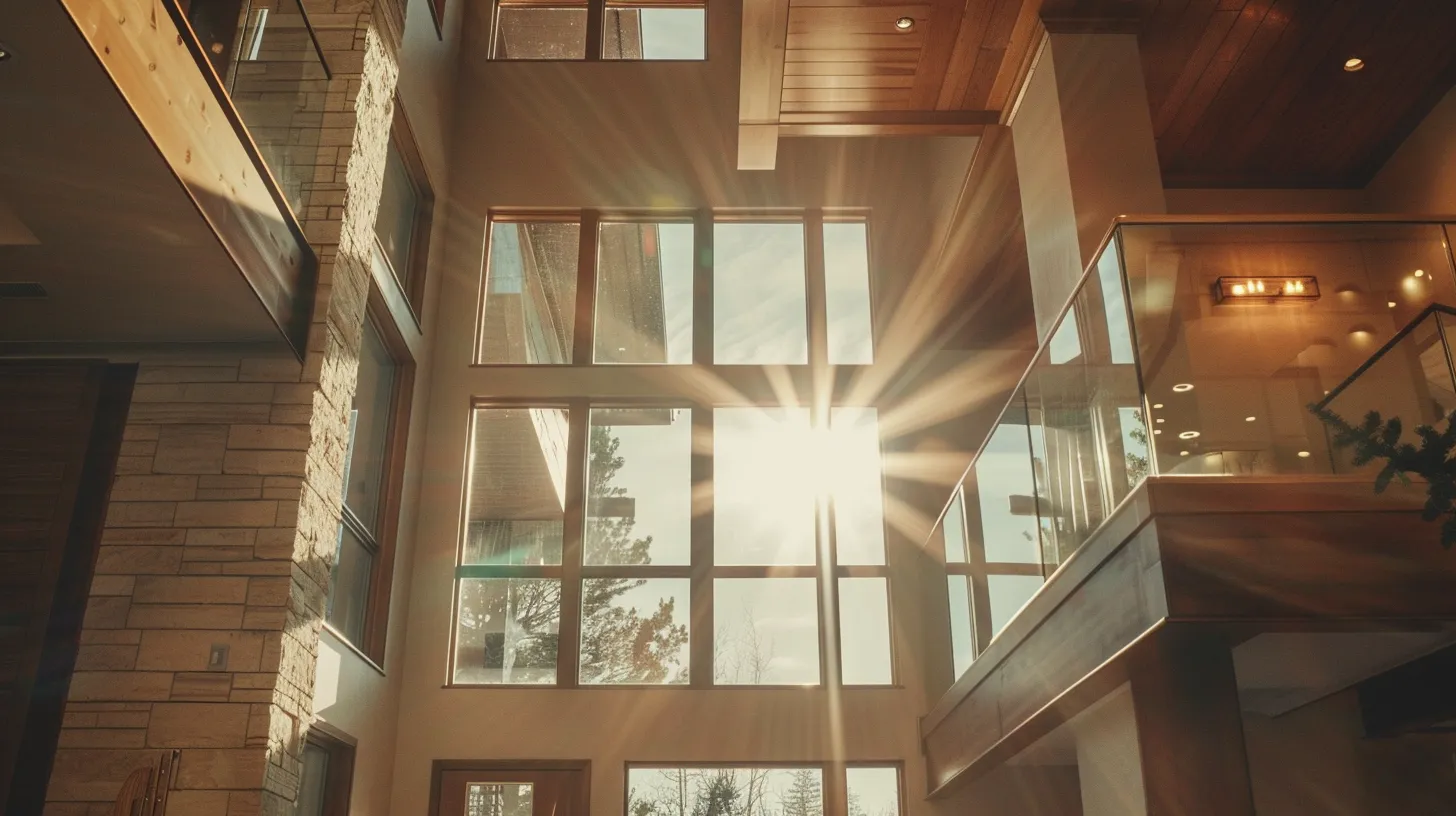
Understanding all costs involved in building a custom home is vital for homeowners. This includes planning for contingencies to address unexpected expenses and ensuring that the budget balances quality with affordability. Topics such as green building practices, wood selection, traffic flow considerations, and countertop choices will help homeowners make informed decisions while staying within their financial limits.
Understanding All Costs Involved
Understanding all costs involved in building a custom home is essential to avoid financial stress. Homeowners should consider expenses beyond basic structures, such as closets and bedrooms, and ensure compliance with local building code requirements. Additionally, factoring in costs for drainage systems and other essential room features will help create a well-planned budget, ensuring that the final project aligns with quality and affordability.
Planning for Contingencies
Planning for contingencies is critical to budgeting for a custom home project. Homeowners should communicate openly with their architect and builder about potential issues, such as extra costs for basement foundations or unexpected wall inspections. By anticipating these challenges and setting aside funds for them, it becomes easier to manage changes without stretching the budget too thin.
Balancing Quality and Budget
Balancing quality and budget is essential for homeowners during the custom home construction process. Architects can help identify key areas, such as the laundry room, where homeowners might invest more for durability without overspending. By focusing attention on critical choices, they can maintain a high standard in essential features while keeping overall costs manageable, ensuring a successful balance between craftsmanship and financial constraints.
Irregular Communication
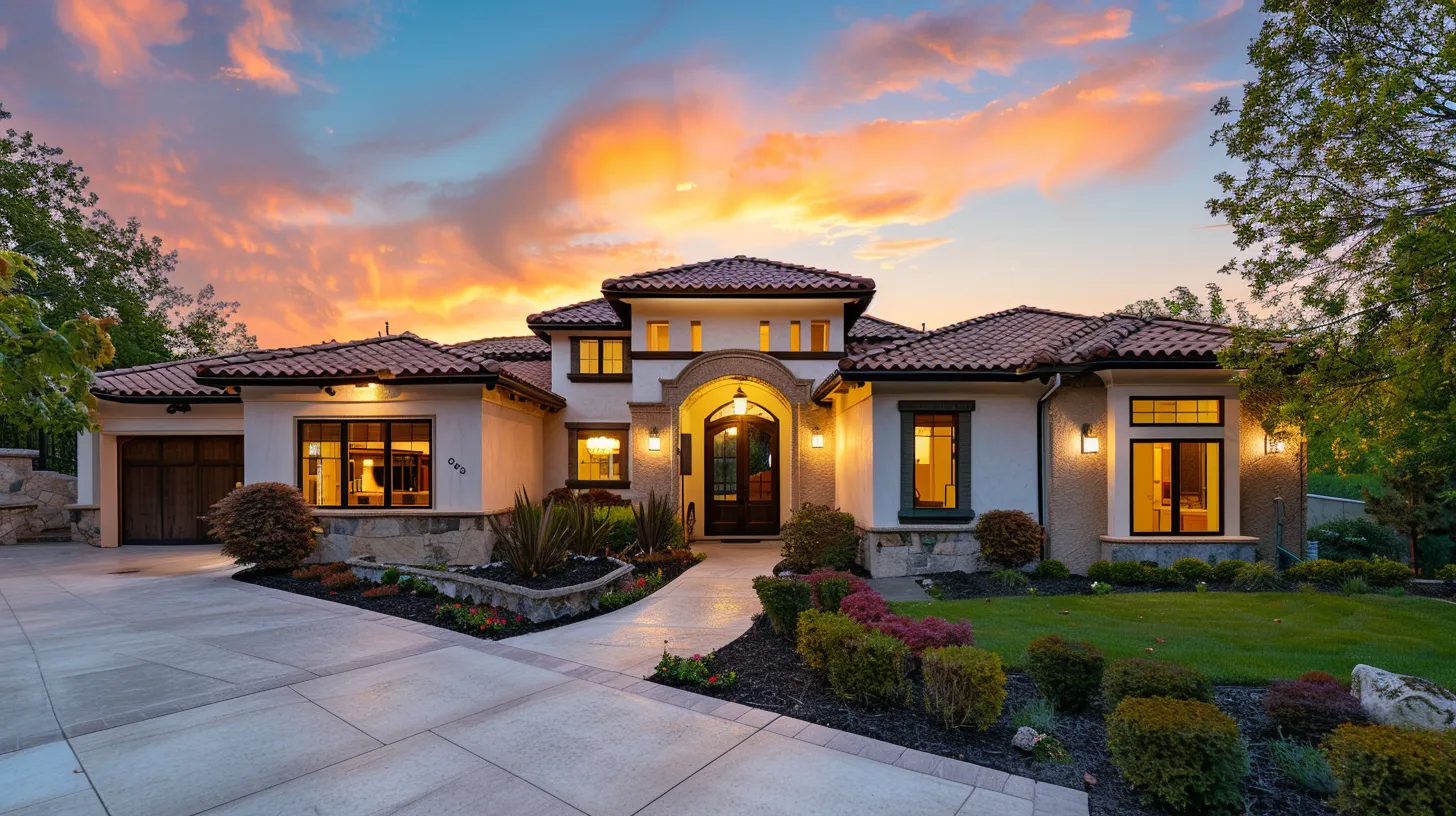
Establishing clear lines of communication is vital in custom home building to ensure everyone is on the same page. Scheduling regular updates allows homeowners to discuss interior design choices like cabinetry and flooring, while engaging all stakeholders keeps the project flowing smoothly, especially in a gated community. These practices help to minimize misunderstandings and project delays.
Establishing Clear Lines of Communication
Establishing clear lines of communication is crucial when building a custom home. Homeowners should hold regular meetings with their builder to discuss essential features like the bathroom layout, the fireplace design, and the landscape plans. This ongoing dialogue helps ensure that decisions made regarding utility connections and warranty matters align with the homeowner’s vision, ultimately leading to a smoother construction process.
Scheduling Regular Updates
Scheduling regular updates is crucial for keeping homeowners informed during the renovation process. Frequent check-ins allow discussions about important aspects like HVAC system installations and the selection of granite countertops, ensuring that all details align with the homeowner's vision. Consistent communication minimizes misunderstandings, leading to a smoother construction experience and ultimately delivering a home that meets expectations.
Set a regular meeting schedule to discuss project progress.
Address specific features, like HVAC and granite, during updates.
Encourage all parties to voice concerns or questions.
Document decisions made during each meeting.
Engaging All Stakeholders
Engaging all stakeholders during the custom home building process is essential for success. Homeowners should ensure that everyone involved, including builders, architects, and contractors, shares the same vision and goals for the project. This collaboration helps prevent confusion and promotes a smoother workflow, ultimately resulting in a home that meets the homeowner's expectations.
Overlooking Future Needs
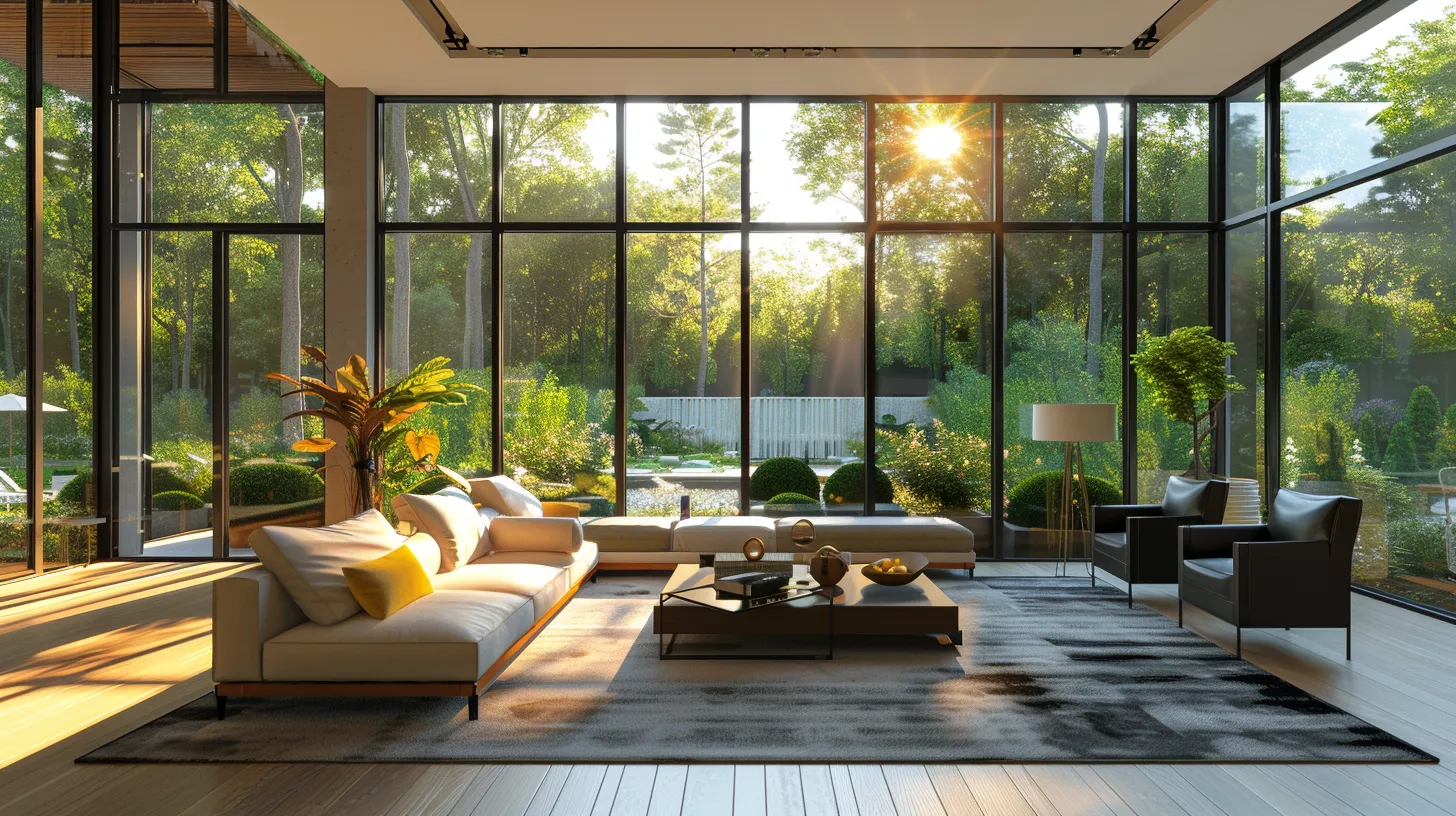
Planning for future needs is essential when building a custom home. Homeowners should consider family growth, lifestyle changes, and resale value to create a lasting living space. By considering how these factors can affect their home over time, they can work with builders to design a house that meets both current needs and future expectations.
Planning for Family Growth
When planning a custom home, homeowners should consider their future family growth. This involves thinking about how many bedrooms, bathrooms, and living spaces might be needed as children grow or if family members may move in later. By incorporating flexible spaces, such as a playroom that can convert into a guest bedroom, homeowners can ensure their new home continues to meet their changing needs over time.
Anticipating Lifestyle Changes
When building a custom home, homeowners must consider lifestyle changes that may occur over time. This includes considering future family growth, changes in work-from-home needs, or shifts in personal interests that could affect space requirements. For instance, designing a flexible room that can serve as an office or a guest bedroom allows for adaptability as life circumstances evolve:
Consider future family dynamics when choosing the number of bedrooms and bathrooms.
Plan for a home office space that can easily transform to meet new needs.
Include adaptable areas that can change function over time, like a playroom that converts to a study.
Considering Resale Value
When building a custom home, considering resale value is essential for long-term success. Homeowners should focus on features that appeal to the broader market, like an open floor plan or energy-efficient appliances. By planning for resale from the beginning, homeowners ensure their investment remains valuable and attractive in the future, making it easier to sell when the time comes.
Choosing the Wrong Builder
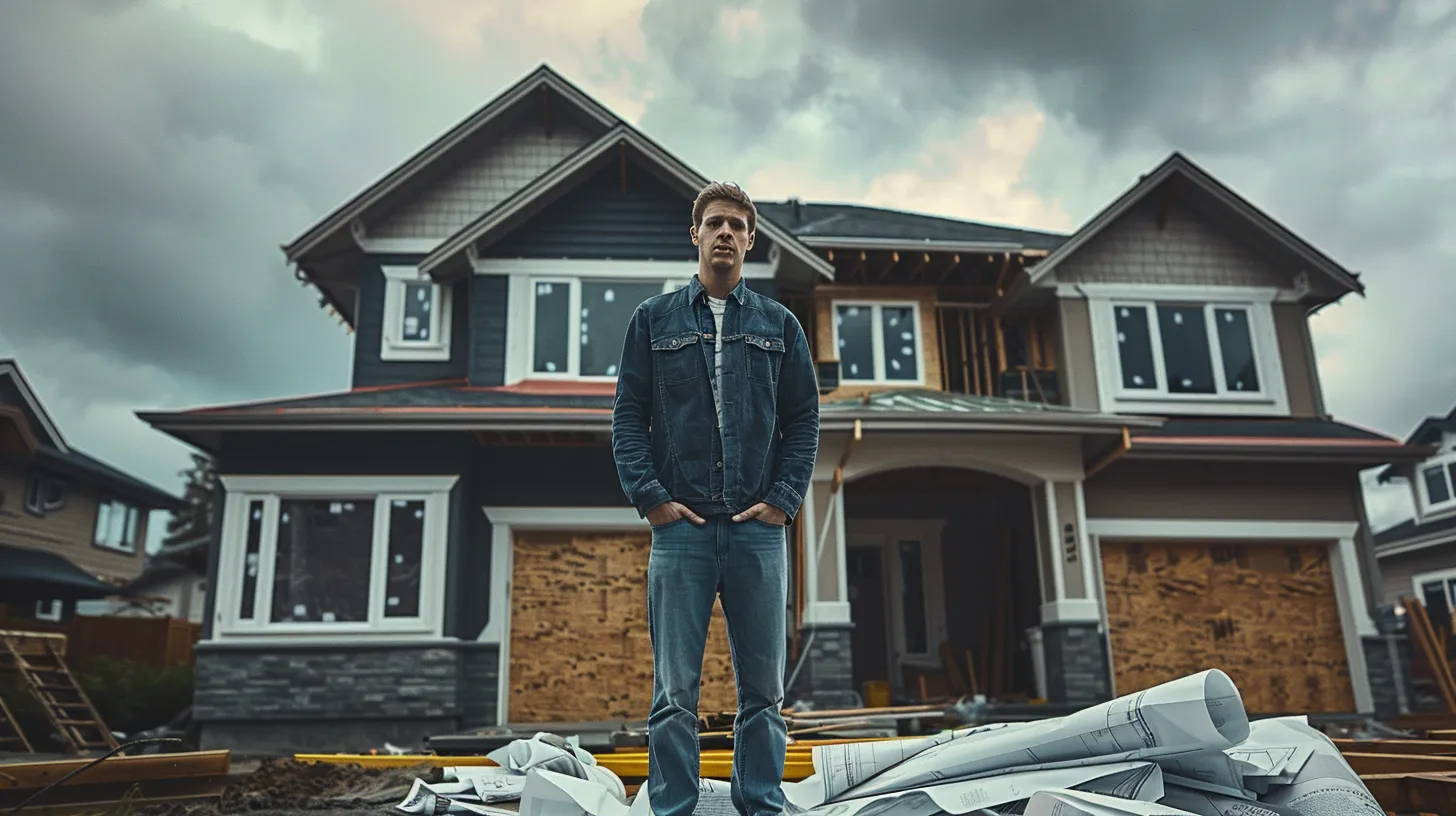
Choosing the right builder is a critical step in the custom home process. Homeowners should start by researching builder credentials to ensure qualifications match project needs. Conducting interviews and checking references helps confirm the builder's reputation. Lastly, comparing service agreements allows for informed decisions about project terms, making the entire building experience smoother and more successful.
Researching Builder Credentials
Researching builder credentials is a vital step in the custom home journey. Homeowners should review certifications, licenses, and previous projects to ensure that a builder has the skills and experience necessary to create their dream home. Taking the time to check references can reveal insights into the builder's reliability and quality, helping avoid costly mistakes later on:
Confirm that the builder has the appropriate licenses and insurance.
Review past projects to assess quality and craftsmanship.
Ask for references from previous clients to gauge satisfaction and reliability.
Conducting Interviews and References
Conducting interviews and checking references are key to selecting the right custom home builder. Homeowners should prepare specific questions to gauge a builder's experience, reliability, and communication style. This allows them to gather valuable insights and make informed choices, ultimately leading to a smoother construction process.
Comparing Service Agreements
Comparing service agreements is an important step in choosing the right builder for a custom home. Homeowners should carefully review the details of each agreement, paying attention to aspects like payment schedules, warranty terms, and project timelines. A clear understanding of these elements helps manage expectations and can prevent misunderstandings during the building process:
Review payment structures to avoid unexpected financial burdens.
Check warranty coverage to ensure long-term support for the home.
Ensure timelines are realistic to help align project goals.
Neglecting Energy Efficiency
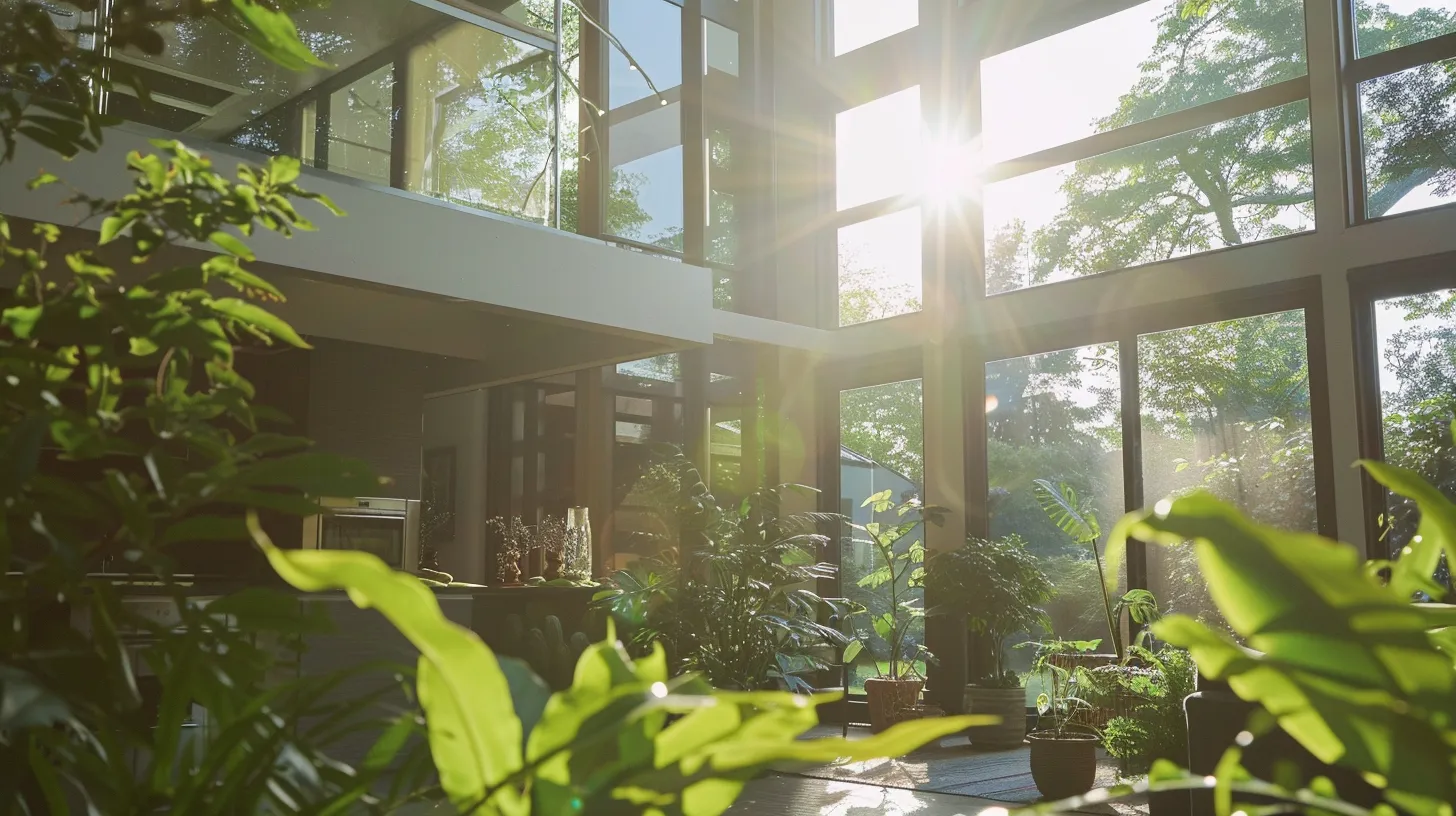
Choosing sustainable materials, implementing smart home technology, and designing for natural light are key aspects of energy efficiency in custom home building. Homeowners can save on energy costs and create a comfortable living environment by focusing on these areas. Each topic provides practical strategies for constructing an eco-friendly home that meets modern needs.
Choosing Sustainable Materials
Choosing sustainable materials is an important step in building an energy-efficient custom home. Homeowners should consider materials that not only reduce energy consumption but also have a minimal impact on the environment. For example, using recycled steel or reclaimed wood can enhance durability and sustainability, ensuring that the home remains both stylish and eco-friendly while keeping energy costs manageable.
Implementing Smart Home Technology
Implementing smart home technology can greatly enhance energy efficiency in a custom home. Features like smart thermostats and energy-efficient lighting systems allow homeowners to monitor and control energy consumption easily. By investing in these technologies, homeowners can reduce utility bills and create a more sustainable living environment that meets modern energy needs.
Designing for Natural Light
Designing for natural light is crucial when building a custom home, as it significantly impacts energy efficiency. Strategic window placement and orientation can maximize sunlight, reducing reliance on artificial lighting throughout the day. By considering these aspects during the planning phase, homeowners can create a bright and inviting space that minimizes energy costs while enhancing the overall comfort of their living environment.
Forgetting Storage Space
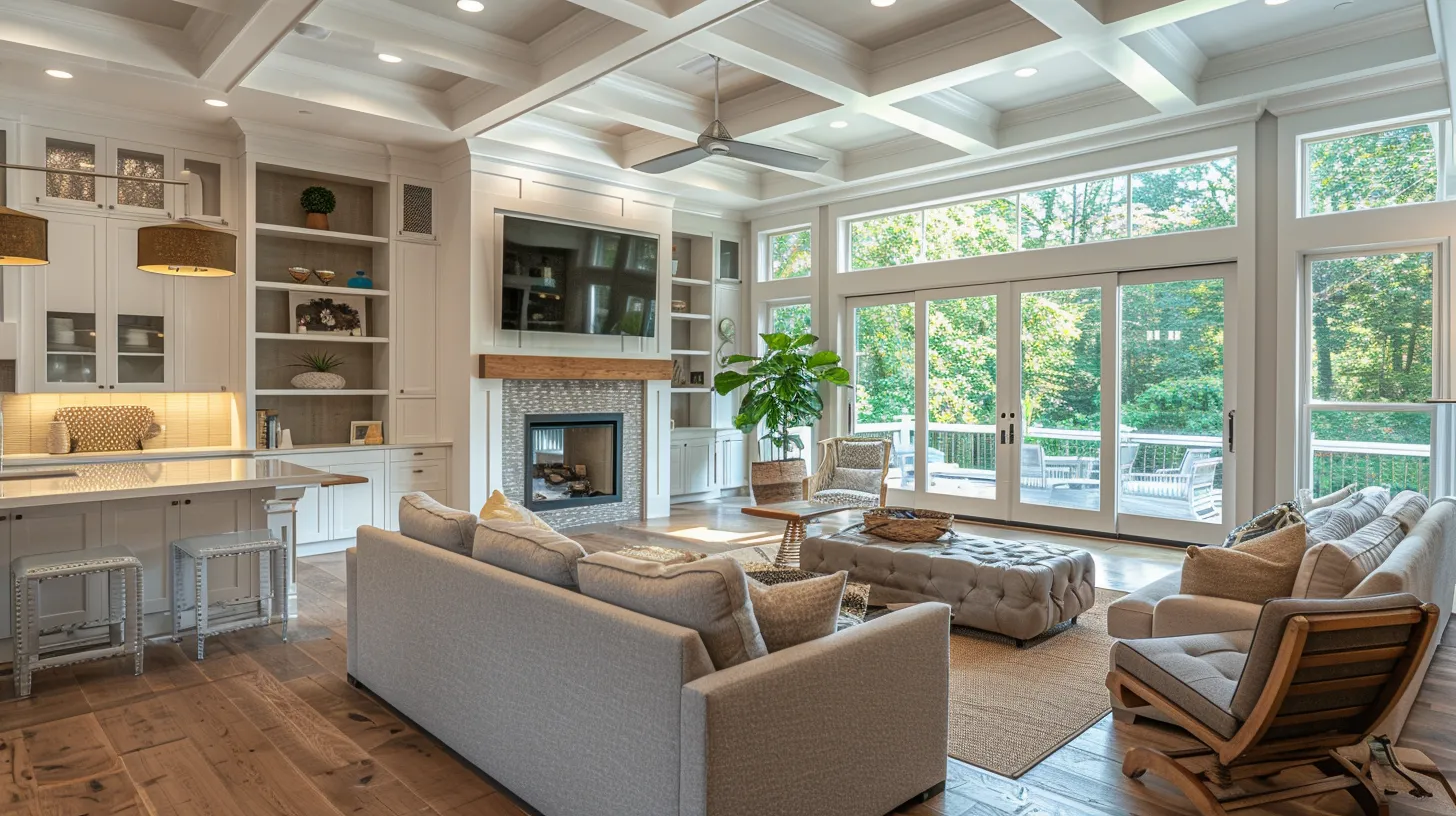
Planning for functional layouts is essential when building a custom home, as it ensures that everyday living flows smoothly. Homeowners should consider incorporating built-in options, such as shelves and cabinets, to maximize space efficiency. Additionally, evaluating seasonal storage needs helps create a home that accommodates changes throughout the year, making all aspects of storage practical and accessible.
Planning for Functional Layouts
When planning for functional layouts in a custom home, thinking about everyday living and maximizing space efficiently is vital. Homeowners should consider built-in storage solutions, like cabinets and shelves, to keep areas organized and clutter-free. Taking time to evaluate needs for both daily items and seasonal belongings will lead to a home that not only looks appealing but also functions well over time:
Incorporate built-in shelves in living areas for books and decor.
Design closets that offer both hanging and shelving options.
Plan for additional storage in rooms like the laundry and garage.
Incorporating Built-in Options
Incorporating built-in options during the custom home building process can greatly enhance storage efficiency. Homeowners should consider features like custom cabinetry and shelves that blend seamlessly with the home’s design. By carefully planning these built-in solutions, individuals can maximize space and keep their living areas organized, reducing clutter and ensuring that everything has a designated place.
Evaluating Seasonal Storage Needs
Evaluating seasonal storage needs is important for creating a custom home that adjusts to changes throughout the year. Homeowners should consider items that come out only during certain seasons, like holiday decorations or outdoor gear, and plan for specific storage solutions to keep these items organized and accessible. By including dedicated spaces such as attic storage or outdoor sheds, homeowners can ensure their living areas remain clutter-free while accommodating seasonal items:
Sacrificing Functionality for Aesthetics
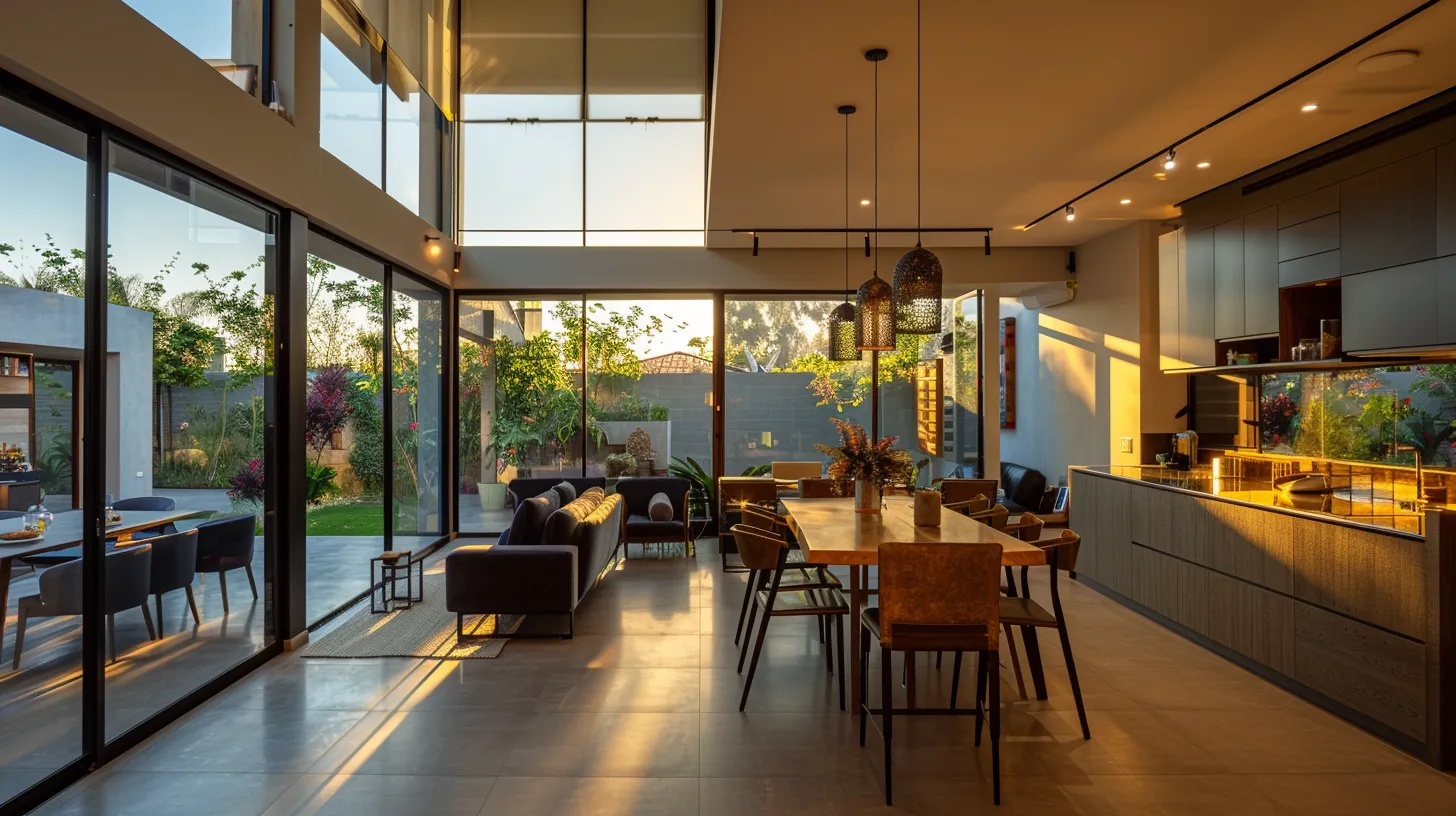
When building a custom home, balancing design with practical use is crucial. Homeowners should prioritize usability in their layouts to ensure everyday living is comfortable and efficient. Additionally, understanding future trends can help create a home that remains functional and appealing for years to come. Each aspect plays a key role in avoiding common mistakes during the building process.
Balancing Design and Practical Use
Balancing design and practical use is essential when creating a custom home. Homeowners should focus on layouts supporting daily activities while allowing for an attractive aesthetic. For example, choosing durable materials for high-traffic areas, like entryways or family rooms, can enhance both beauty and functionality, ensuring that the home remains comfortable and visually appealing for years to come.
Prioritizing Usability in Layout
When building a custom home, homeowners should prioritize usability in the layout to ensure that everyday living is comfortable and practical. This means considering how frequently the spaces will be used and how to arrange rooms to facilitate smooth movement throughout the home. For example, placing the laundry room near bedrooms can make chores more manageable, creating a functional environment that enhances daily life.
Understanding Future Trends
Understanding future trends is essential for homeowners to create a custom home that remains relevant and functional over time. As lifestyles change, so do needs in living spaces, such as incorporating home offices or energy-efficient designs. By staying informed about upcoming trends, homeowners can make choices that not only look appealing but also enhance usability and comfort for years to come:
Consider flexible spaces that can adapt to family needs.
Incorporate energy-efficient features to reduce long-term costs.
Stay updated on design trends that enhance functionality.
Neglecting Permits and Regulations
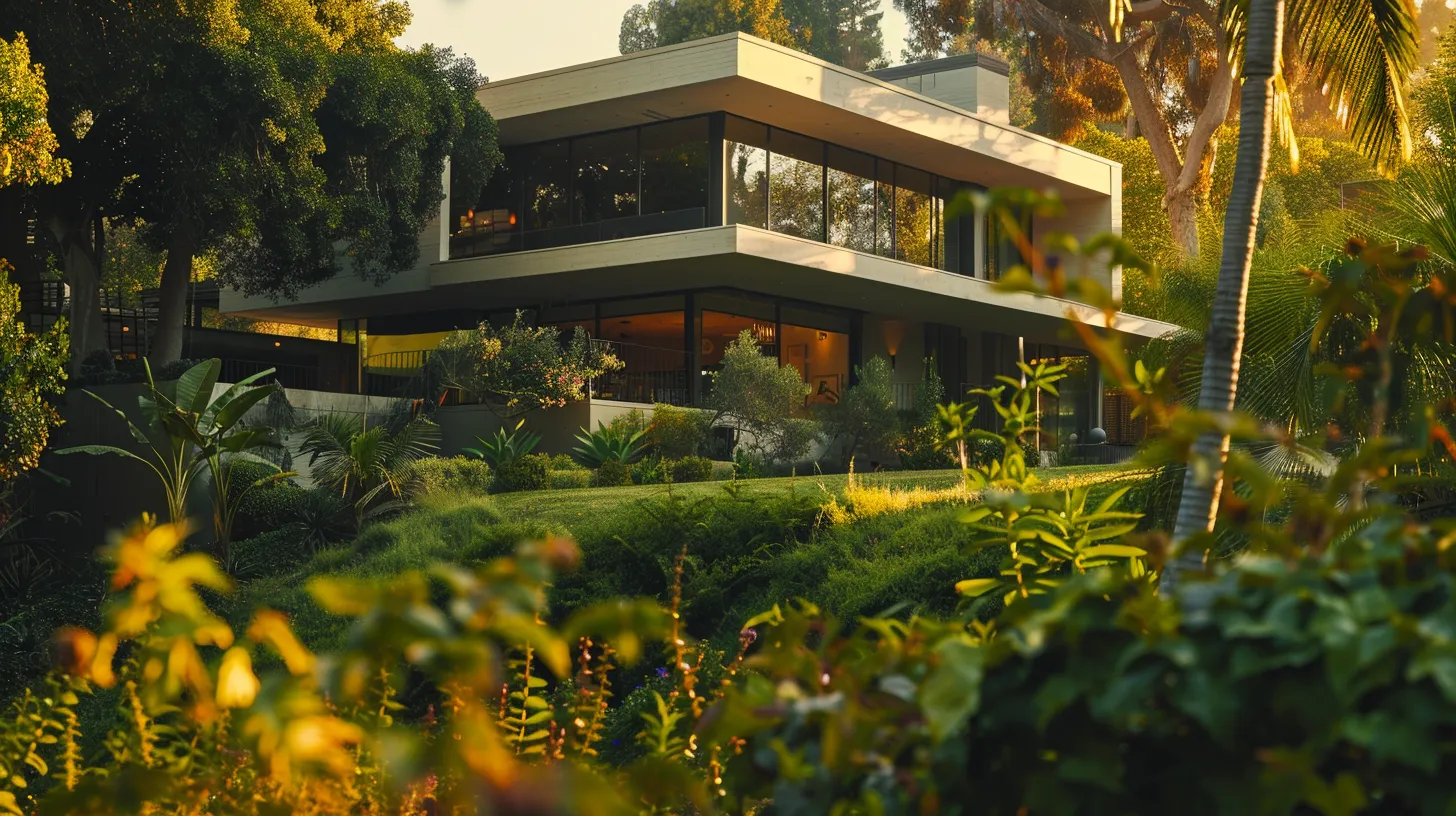
Researching local building codes is vital for compliance when constructing a custom home. Understanding zoning laws ensures that the chosen land is suitable for the intended use. Homeowners must also obtain necessary approvals before starting the project to avoid delays. These considerations are essential to creating a smooth building experience and preventing costly mistakes down the line.
Researching Local Building Codes
Researching local building codes is an essential step in the custom home building process. Homeowners must understand the regulations that govern their construction project to avoid delays and costly complications. Local codes dictate various aspects, from design aesthetics to safety standards, ensuring that the home complies with regional requirements. Ignoring these regulations can lead to fines or even the need to modify or dismantle completed work. Thus, homeowners should check with local authorities about specific codes before construction begins.
Understand zoning laws to ensure suitable land use.
Obtain necessary approvals prior to starting the project.
Review safety and aesthetic regulations to avoid future issues.
Consult with builders who are knowledgeable about local codes.
Understanding Zoning Laws
Understanding zoning laws is a vital step in the custom home building process. These regulations dictate how land can be used, including the types of structures allowed and their height, size, and distance from property lines. Homeowners should consult local zoning officials to avoid potential issues, such as fines or the need for costly modifications later on, ensuring that their dream home fits within legal requirements and local guidelines.
Obtaining Necessary Approvals
Obtaining necessary approvals is a critical step in building a custom home. Homeowners should ensure that all required permits are secured before construction begins to avoid costly delays or modifications later on. Consulting with local authorities and understanding what documents are needed helps create a smoother building process, allowing homeowners to focus on making their dream home a reality without facing unnecessary setbacks.
Conclusion
Avoiding the top 10 common mistakes when building a custom home is essential for achieving a successful project. Careful planning, clear communication, and understanding the budget significantly enhance the building experience and lead to a dream home that meets both current and future needs. Homeowners should prioritize functionality alongside aesthetics and be aware of local regulations to ensure compliance. By following these actionable insights, individuals can create a lasting living space that reflects their vision while remaining practical and valuable.


